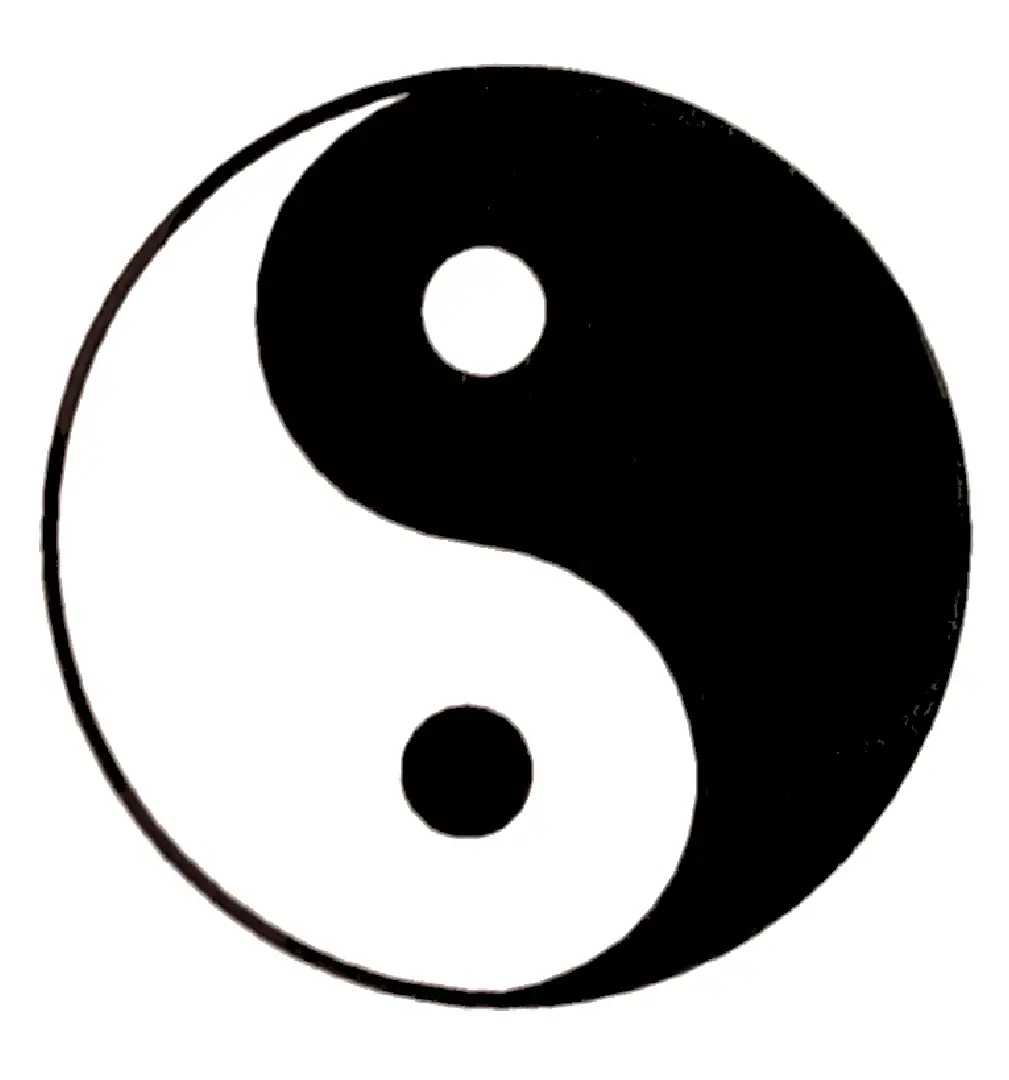Types of Studies Performed at Sleep Centers of Northern Virginia
Nocturnal Polysomnogram, NPSG:
A standard overnight diagnostic sleep study used to assess sleep disorders, including sleep apnea, periodic limb movement disorder, hypersomnia, and parasomnias.
The study measures multiple physiological parameters simultaneously, including respiratory effort, airflow, EEG (brain waves), EKG (Heart rhythm), EMG (muscle movement), oxygen saturations, body position, and snoring intensity.
Positive Airway Pressure (CPAP/BiPAP/ASV) Titration:
A study used to determine the optimized settings for use of positive airway pressure to treat sleep apnea syndrome. The patient is fitted with one of many available interfaces (masks) to determine the patient's individual preference, then, once asleep, positive airway pressures are slowly increased to find the most effective setting for reducing apneic events.
Split Night Study:
A sleep study during which a patient undergoes standard polysomnography during the first two hours of sleep. If the patient is noted with severe sleep apnea, CPAP is initiated in an attempt to determine treatment options during a single night's evaluation.
If the patient is noted with less than severe sleep apnea in the first two hours of sleep, the study is completed as standard overnight polysomnography.
Multiple Sleep Latency Test, MSLT:
A study performed during the day, typically following a full diagnostic NPSG. Used to objectively determine a patient’s level of sleepiness after an adequate night’s sleep. The MSLT is a series of timed naps two hours apart, during which the patient is monitored for the onset of sleep and the onset of REM sleep.
The MSLT is used to diagnose narcolepsy and other disorders of excessive daytime sleepiness (hypersomnia), and to objectively assess residual sleepiness in patients with treated sleep disorders when medication is being considered.
Maintenance of Wakefulness Test, MWT:
A study performed to determine whether a patient is able to remain awake. The MWT may be used to evaluate a patient's ability to perform specific occupational duties and/or to assess the efficacy of the treatment of a sleep disorder.
Home Sleep Testing, HST:
More limited overnight sleep monitoring performed in the home. Used primarily to evaluate sleep-disordered breathing. If the patient sleeps only part of the recording time, an HST may fail to diagnose sleep apnea (a normal HST cannot exclude sleep apnea) or significantly underestimate sleep apnea severity.
Home sleep testing may be unable to exclude alternative sleep disorders, even if the patient slept during a significant portion of the recording time.
Specialized Studies:
Specialized studies are available on request, including studies with modification of Split Night criteria, studies with the extra limb leads (for investigation of REM behavioral disorder), and full-montage EEG studies (for investigation of nocturnal seizures).
Consultation:
Consultation and full evaluation with a board-certified Sleep Specialist can be arranged prior to possible testing, or following initial testing, on request.
What Happens During a Sleep Study:
Sleep studies (also called a Polysomnogram or PSG) look at several “channels” of information during sleep. We typically collect a minimum of 6 hours of data, which is then “scored” by looking at each 30-second period of sleep throughout the night.
We monitor brain waves, oxygen levels, heart rate, breathing, and leg movements, gathering information to diagnose your particular sleep problem.
When you arrive, you will change into your night clothes (we recommend shorts and a loose-fitting tee shirt). You will then be hooked up using a mild paste to help the electrodes adhere. It does feel strange at first, but because the hallmark symptom of most sleep disorders is sleepiness, patients usually fall asleep with little problem.
In the morning, you will be awakened when we have acquired the necessary data, and you may go home. The information is analyzed and interpreted and then sent to your ordering physician within 48-72 hours, though more urgent analysis can be obtained on physician request. You may be asked to come back for another testing, depending on the results of your study.
CPAP Titration may be initiated if you have significant sleep apnea at either your initial test or on a follow-up evaluation. CPAP stands for Continuous Positive Airway Pressure. Room air is condensed and delivered through a mask to act as an airway “splint” to help keep your airway open and keep you breathing all night (without snoring!)
An MSLT test (Multiple Sleep Latency Test) may be ordered if your doctor suspects Narcolepsy. After a PSG to ensure you have had a good night’s sleep, a next day study consisting of four to five 15-35 minute “naps” takes place at intervals throughout the day.
Treatment of Your Sleep Disorder Will Depend on Your Diagnosis:
For some patients, simple behavior modifications, such as weight loss or reducing caffeine, may be recommended. For others, medication, special medical devices, special dental devices, or surgical evaluation may be necessary.
Medical consultations are typically covered by most health insurance plans. We are happy to assist you with insurance verification.
